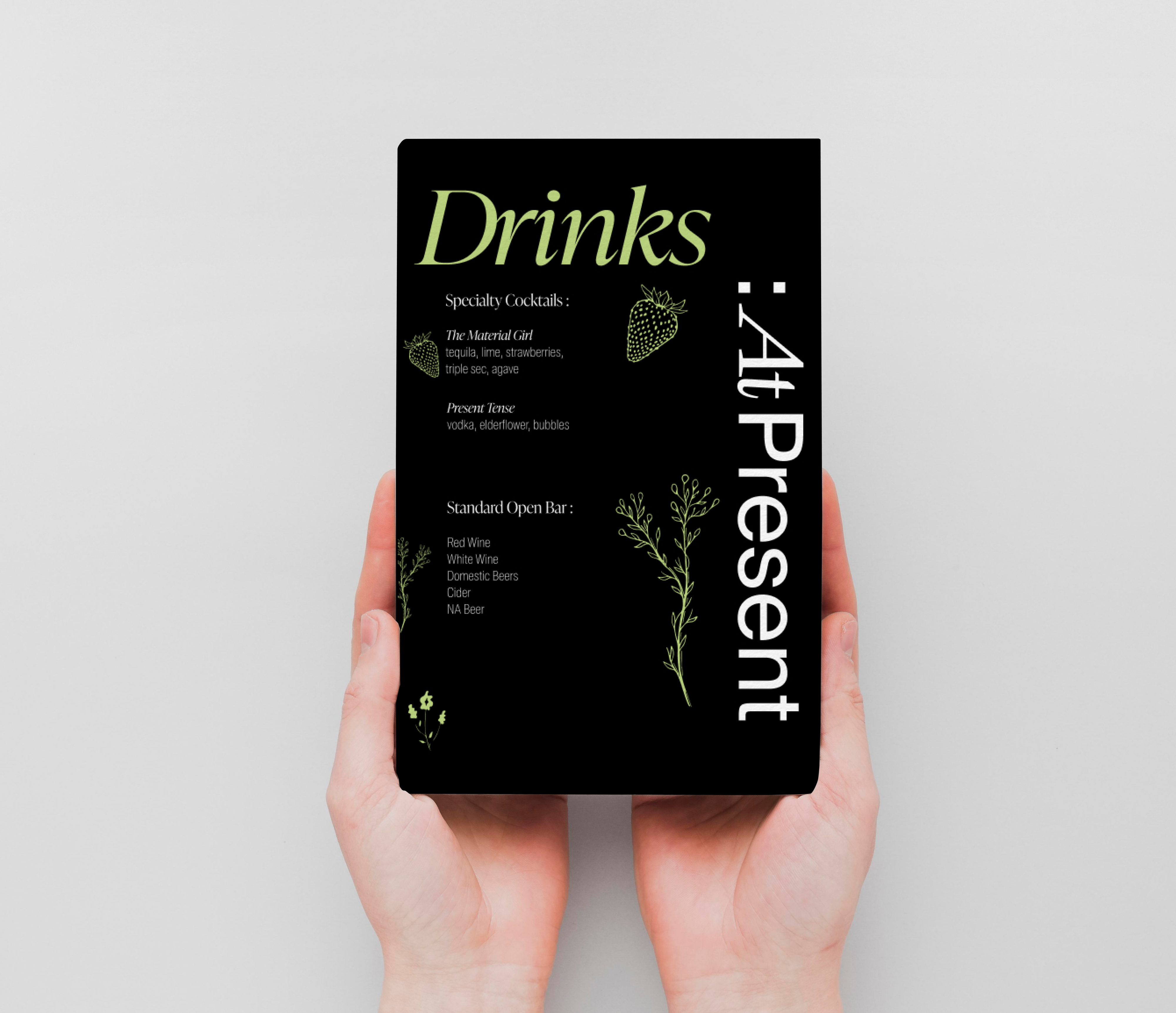
UX Strategist & Designer
UX Strategy: Jones Nicotine Replacement
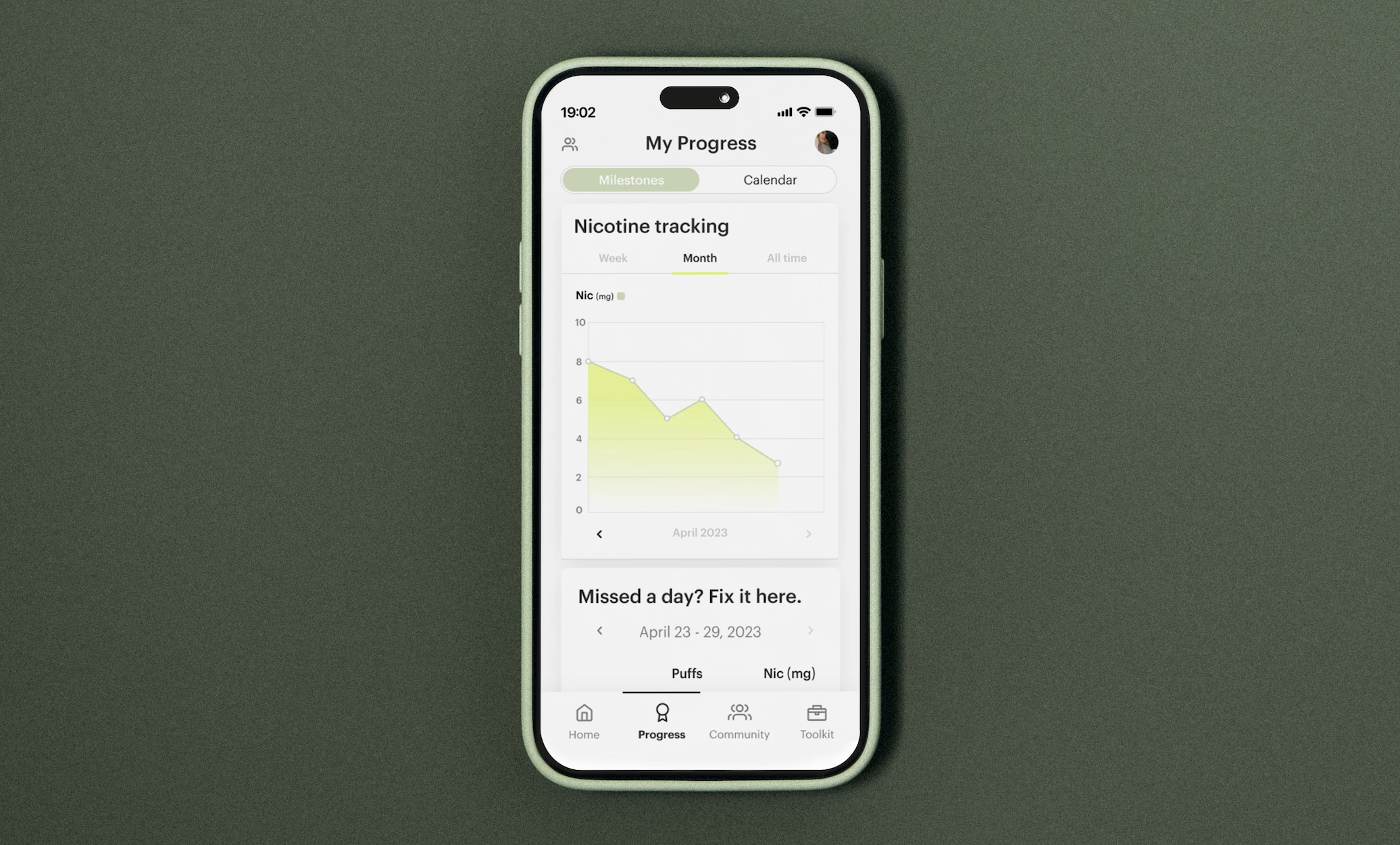
Project Overview: User Experience Strategy - Jones App
As the UX strategist, I focused on deeply understanding the behaviors and motivations of their target audience—young adults whose nicotine use often began socially and who struggled to quit in isolation. By translating these behavioral insights into strategy, I helped shape a digital experience that fosters belonging, motivation, and positive reinforcement—turning community influence into a driver for healthier habits.
- Role: UX Researcher & UX Designer | 1 month
- Services: UX Research | Brand Strategy | UX Design
- Industry: Lifestyle & Behavioral Support
- Website : Jones
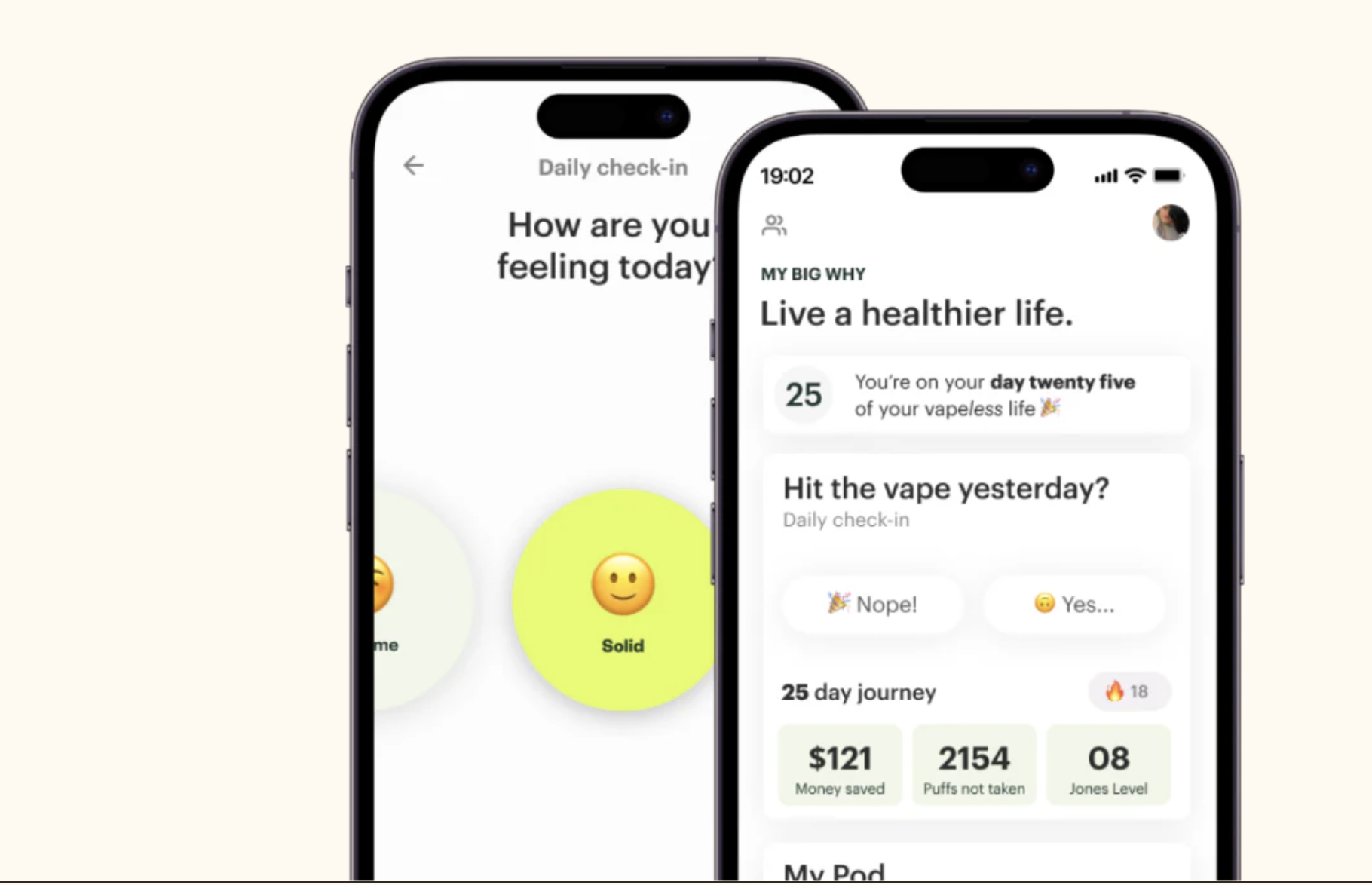
Pain Point
Young adults were struggling to quit vaping alone. Their nicotine use started socially—not from addiction but from belonging—yet every existing quit tool felt clinical, judgmental, or disconnected from their real motivations.
Process
I led the behavioral research and UX strategy to uncover how community influence shaped their habits. Through qualitative interviews, audience mapping, and journey flows, I reframed the challenge: instead of fighting social behavior, use it to drive change.
I reshaped the “quitter” identity with language, tone, and micro-interactions that celebrate progress, not perfection, and helped define features that build consistency—nudges, trackers, affirmations, and peer support.
Outcome
The result was a community-driven quit experience built around encouragement, identity, and belonging. By turning behavioral insights into UX strategy, I helped the team design an app that transforms social influence into motivation—empowering young adults to quit together rather than alone.
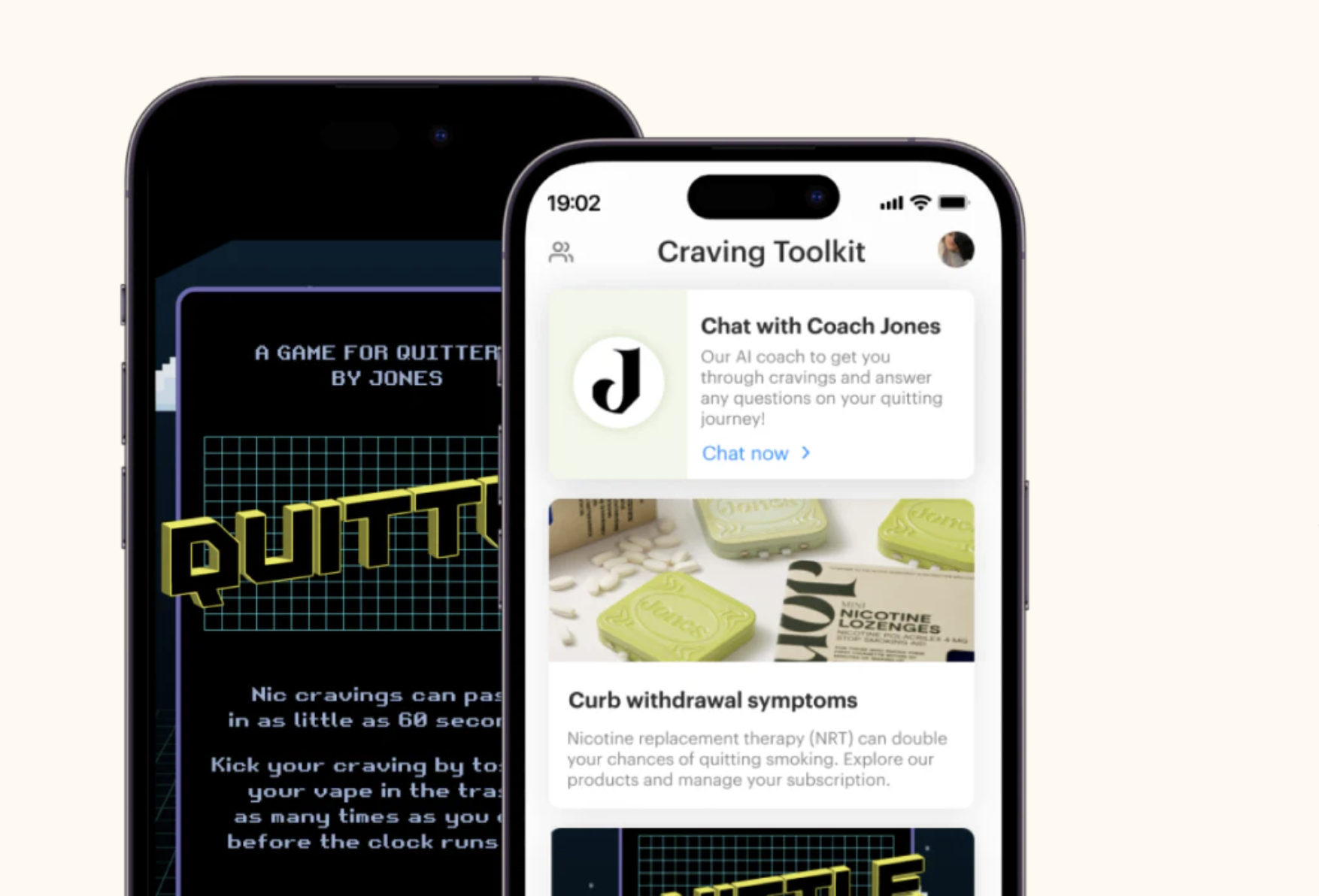
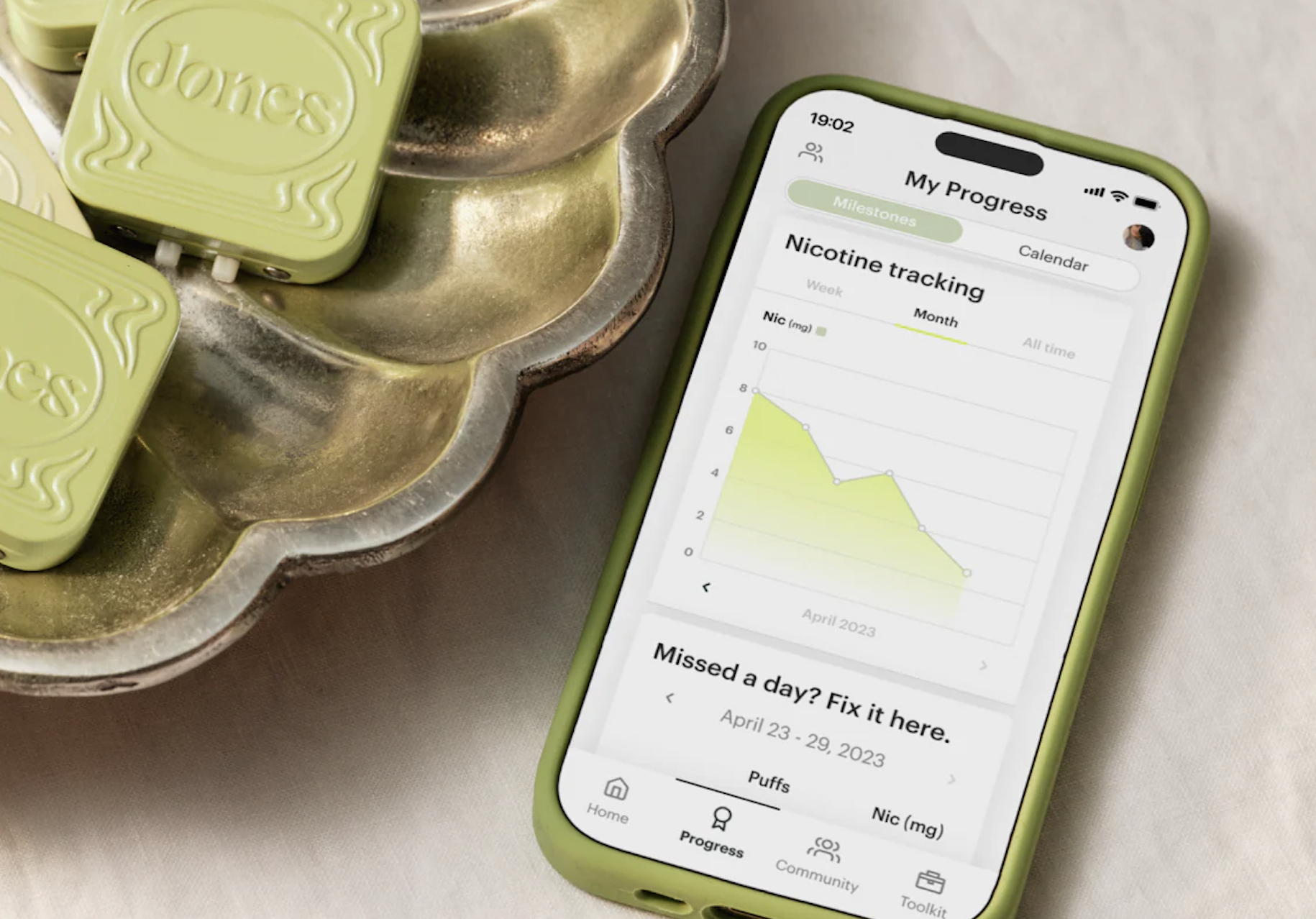
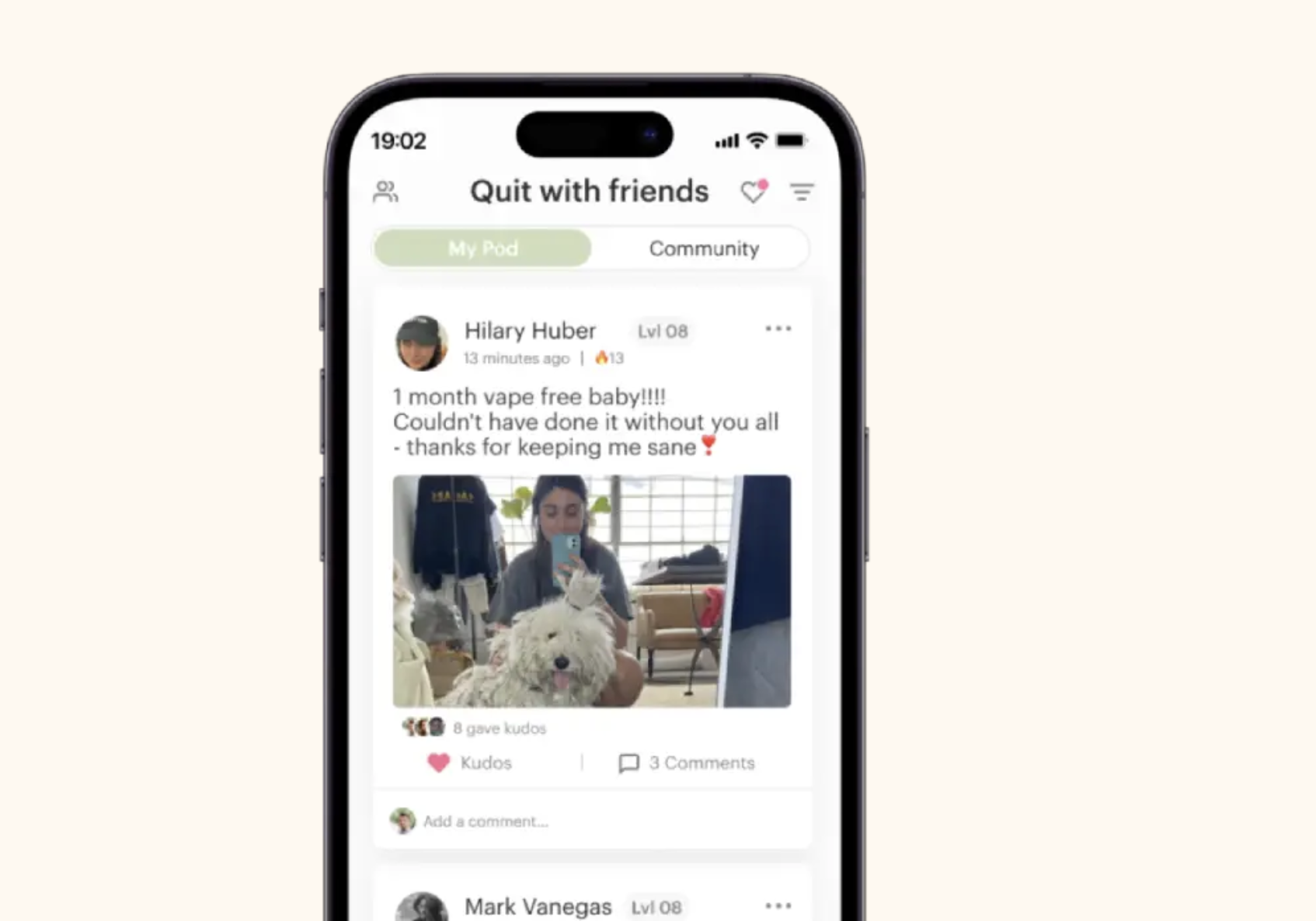
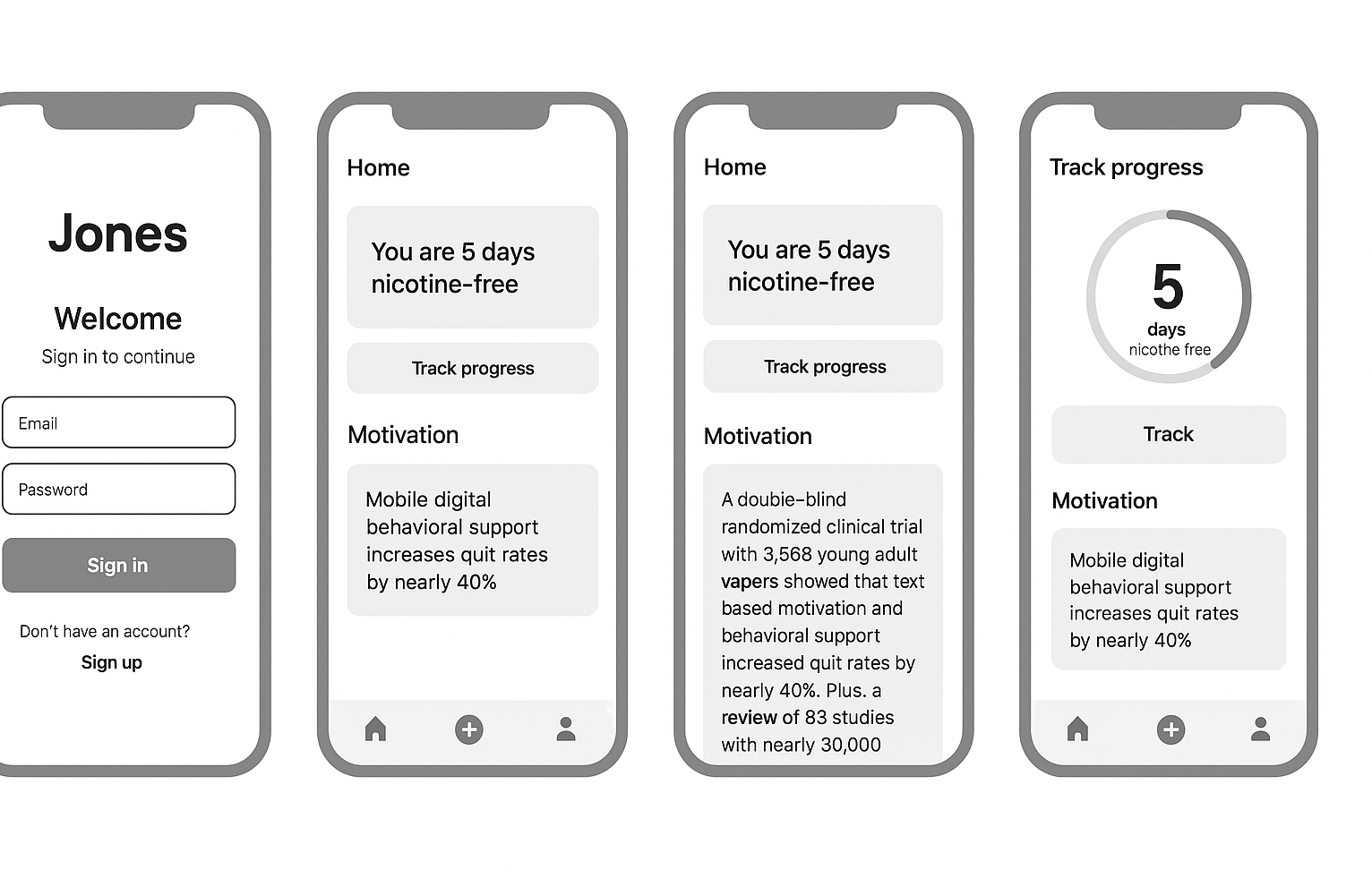

Selected projects


